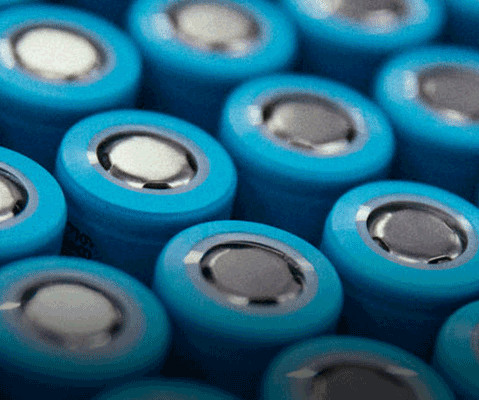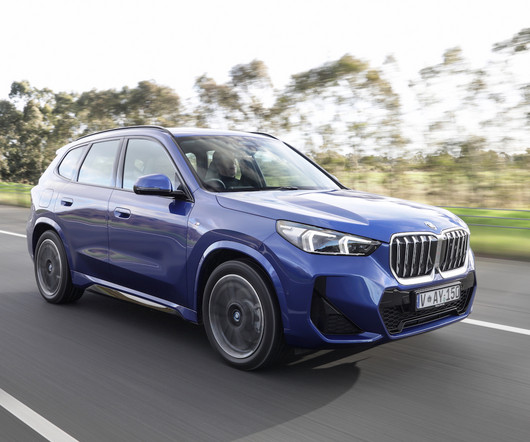Kyoto team develops new cathode material for high-energy-density rechargeable magnesium batteries
Green Car Congress
JULY 25, 2014
Charge–discharge profiles of ion-exchanged MgFeSiO 4. A team of researchers from Kyoto University has demonstrated ion-exchanged MgFeSiO 4 as a feasible cathode material for use in high-energy-density rechargeable magnesium batteries. The ion-exchanged MgFeSiO 4 cathode materials provide a capacity of more than 300 mAh·g ?


























Let's personalize your content